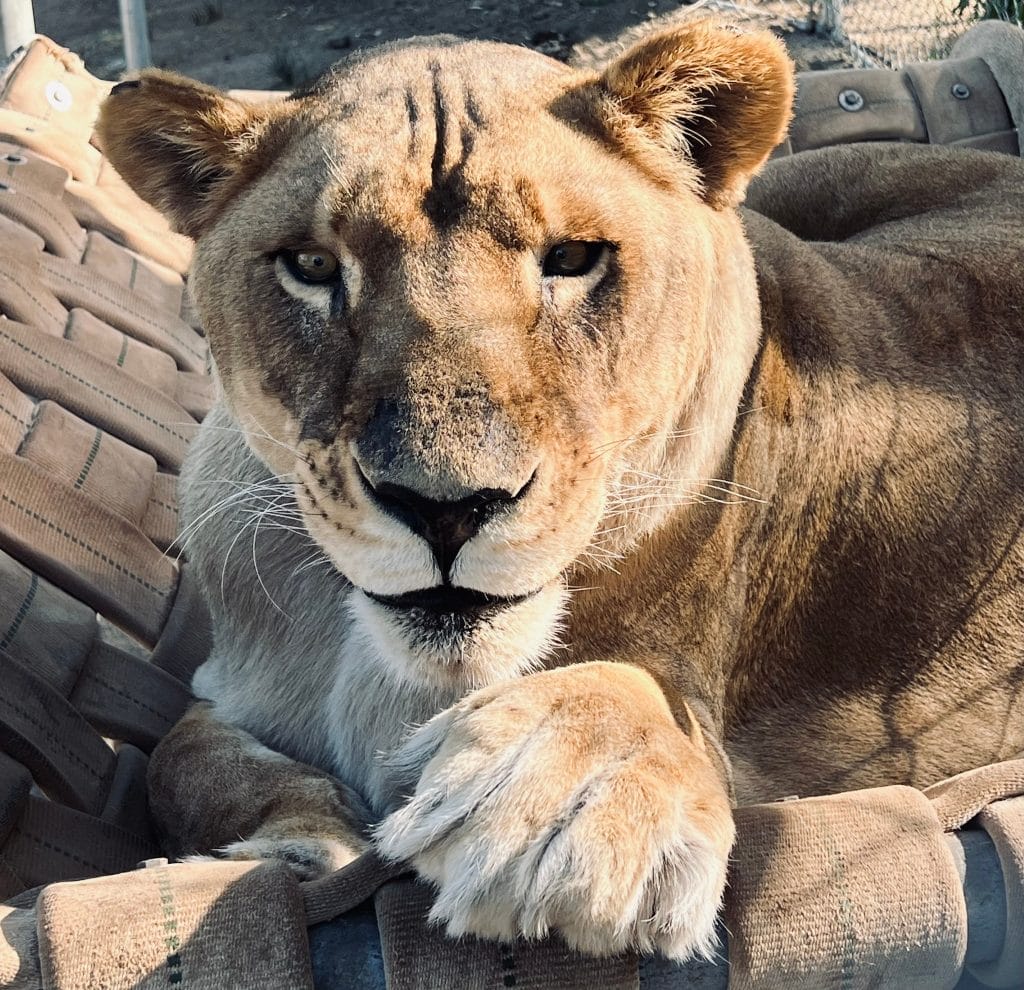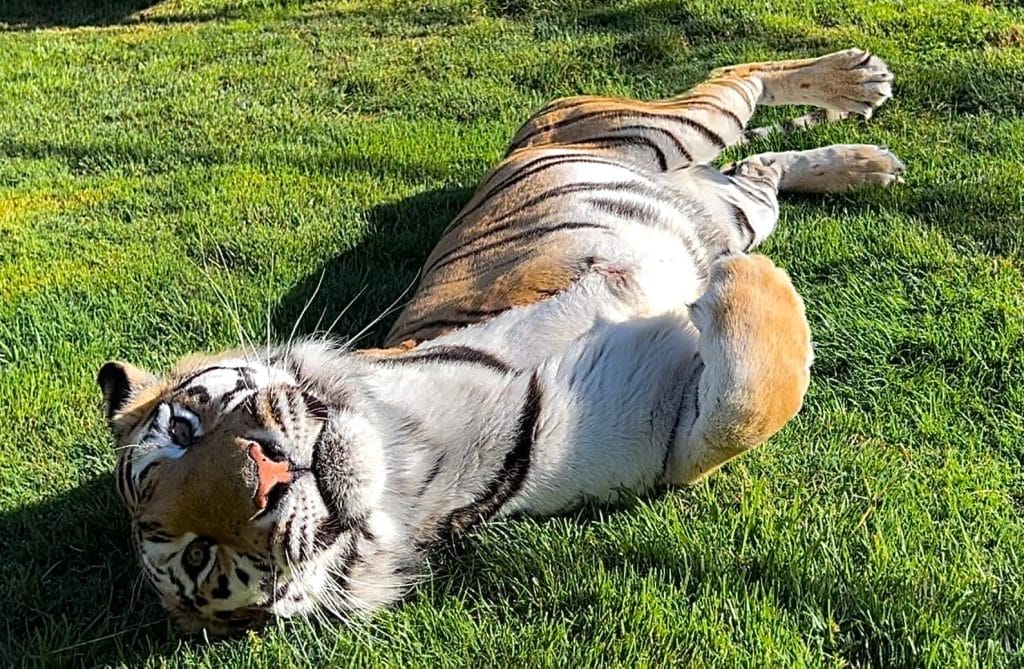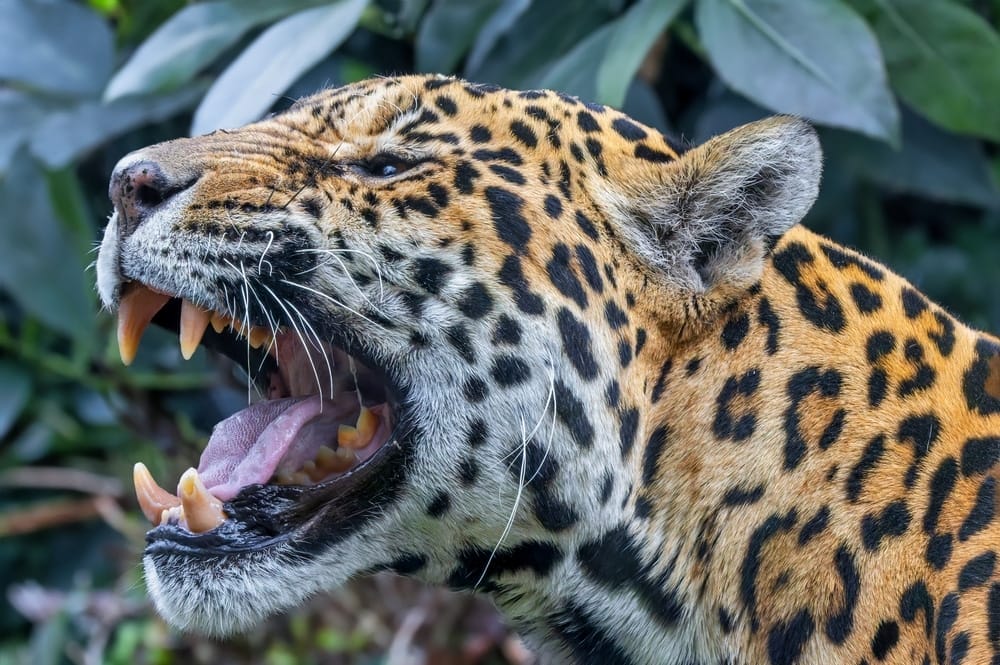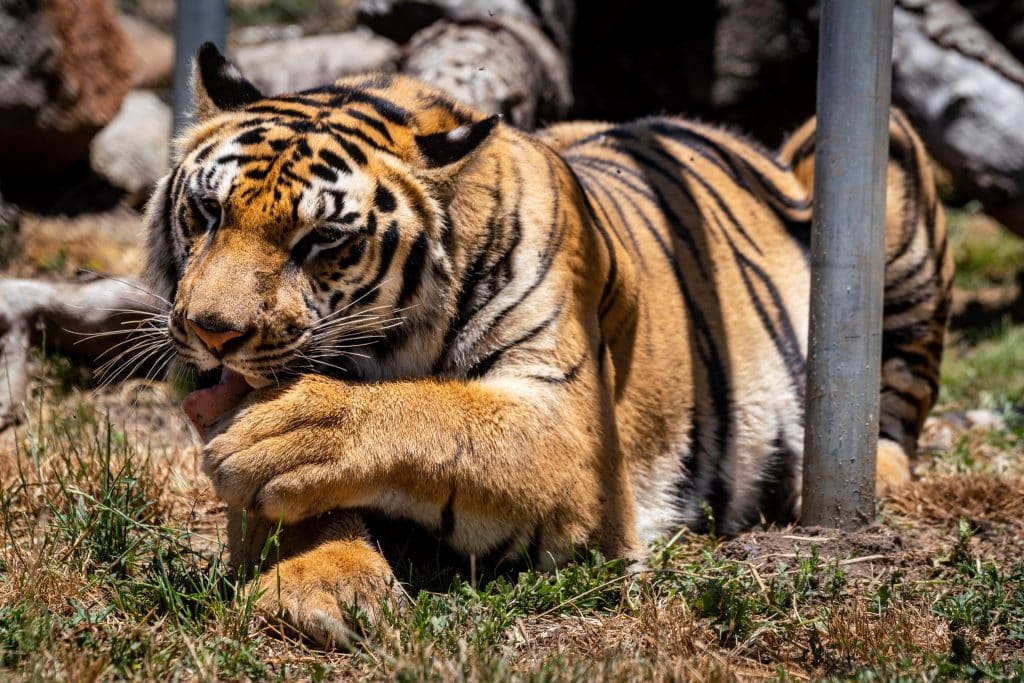The Silent Stalkers: How Leopards Rule Their Habitats
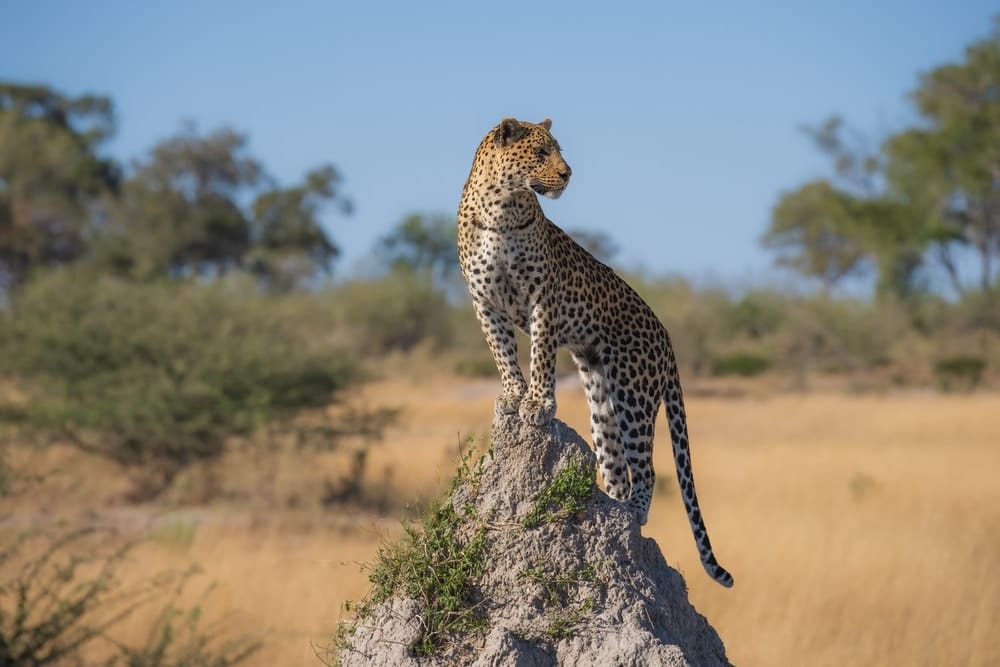
Leopards (Panthera pardus) are often called the silent stalkers of the animal kingdom, and for good reason. These elusive big cats move with ghost-like stealth. Equipped with a beautiful spotted coat that doubles as camouflage and a suite of powerful adaptations, leopards have become one of the most successful wild cat species on the planet. Yet despite their prowess, this endangered species faces growing challenges from habitat loss to human conflict, relying on protected areas and sanctuaries to survive in many regions.
Leopard behavior (independence, cunningness, adaptability, etc.) have allowed them to thrive in environments ranging from arid deserts to tropical jungles. While many wild cat species (like the small Asian leopard cat, fishing cat, or jungle cat) share similar instincts, the leopard’s combination of strength, agility, and patience sets it apart as a top predator.
Even our domestic cats (Felis catus/cat felis) give a glimpse of the leopard’s prowess when they stalk a toy or crouch after a bird in the yard. But scale that up to a 150-pound hunter, and you have an animal that can instantly bring down an antelope in near silence.
Let’s explore how leopards rule their habitats as nature’s ultimate stealth hunters.
Stealth and Camouflage: Nature’s Silent Stalkers
Leopards are masters of remaining unseen. Their fur is dappled with black rosette spots on a golden background, a perfect natural camouflage that helps them vanish into grass or leaf-dappled shadows.
Moving on cushioned, soft paw pads, a hunting leopard can creep within pouncing distance of prey without a sound. In fact, there are reports of leopards sneaking into villages under the cover of night to snatch dogs without anyone noticing.
A leopard uses every advantage—from staying downwind to melting into the foliage—to catch its prey off guard. Unlike a cheetah, which relies on a sprinting speed to run prey down, a leopard relies on stealth and cover. It often stalks within a few meters before exploding into a brief ambush. This ghostly approach has earned leopards a reputation as the most silent stalkers among big cats.
Patience is one of the leopard’s deadliest weapons. Leopards may spend long hours slowly inching toward unsuspecting prey or lying in ambush. They often hunt at night or in the dim light of dawn and dusk, using darkness as their ally. Being primarily nocturnal helps them avoid competition with larger daytime predators like lions and hyenas.
Under the cover of darkness, a leopard’s keen vision and hearing give it a significant edge. Its eyes are specially adapted for low light, and its ears can pinpoint the faint rustle of a rodent in the grass. When the moment is right, the leopard springs with a burst of controlled power – usually aiming a bite to the throat of its prey to swiftly suffocate it.
The drama is over within seconds, often without other nearby animals even realizing what happened. This combination of camouflage, silence, and sudden force makes the leopard’s hunting strategy extraordinarily effective and difficult to detect.
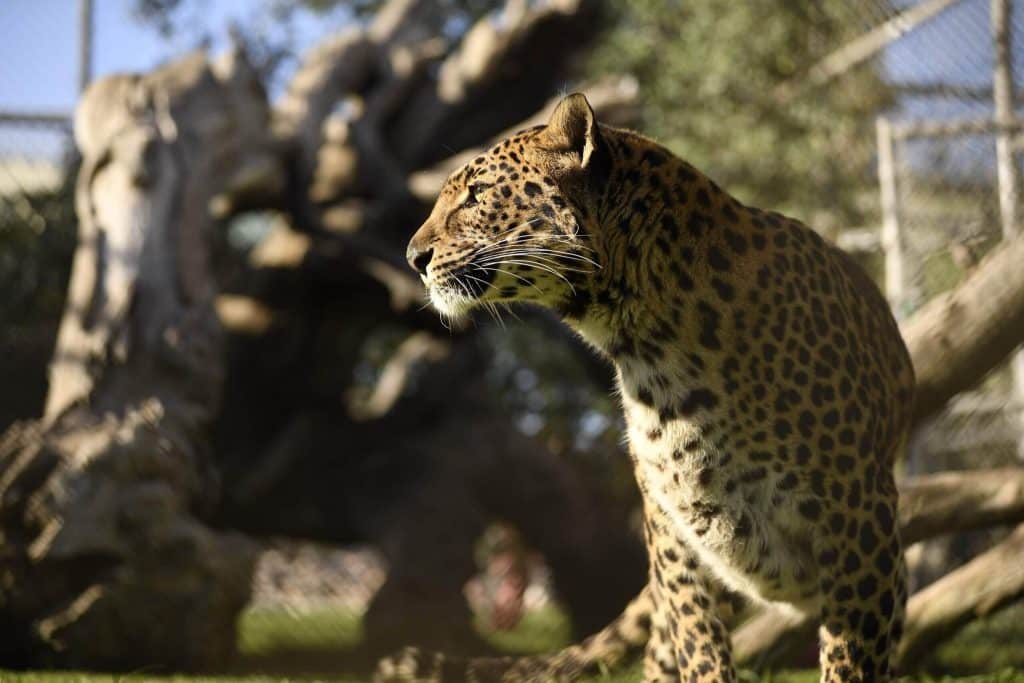
Solitary Shadows of the Night
If you spot a leopard in the wild, chances are it’s alone. Leopards are fiercely solitary creatures, coming together only briefly to mate or when a mother raises cubs. This solitary lifestyle makes them so elusive – they typically hunt and travel by themselves, like shadows in the night.
Each adult leopard (especially males) stakes out a large territory and marks it with urine, claw scratches on trees, and even a raspy territorial call that sounds like a saw cutting wood. A male’s range may overlap with a few females, but two adult males will aggressively avoid each other’s domain. Living alone means a leopard must be entirely self-sufficient, honing its skills to quietly find food and shelter without the help of a pride or pack.
Leopards also do most of their hunting at night or in twilight. Their nocturnal habits help them stay undetected – it’s easier to be invisible at night. Prey species are less alert in the dark, and many diurnal competitors (like lions) are resting. Night hunts also helps them avoid people.
Despite their solitary nature, leopards do have ways of communicating when needed. As we noted, they leave scent markings and scratches and have a visual signal: unique white spots on the backs of their ears and tail tip help leopards spot each other in tall grass or low light without giving away their position. Cubs follow the white tip of a mother’s tail through dense brush, and a flick of that tail can signal a message to stay put or keep close.
Climbing Masters and Powerful Hunters
One of the leopard’s most impressive skills is its incredible climbing ability. These cats are built to scale trees easily, and they put this talent to good use. A leopard’s muscular limbs and retractable claws act like grappling hooks – allowing it to scramble up even tall trunks in seconds.
In fact, leopards will often haul their kills into the trees, hoisting prey that can be as heavy (or heavier) than themselves high into the branches. This acrobatic feat serves a critical purpose. Up in a tree, the carcass is safe from scavengers like hyenas or jackals and nosy competitors on the ground. The leopard can dine in peace or cache the remaining meal for later. Observers in Africa have seen a leopard effortlessly lift an antelope carcass almost twice its weight into a tree.
Physically, leopards have several adaptations that make them expert climbers. They are more slender and agile than their big cat cousins, with a relatively low center of gravity and a long tail that helps them balance on narrow branches.
Their shoulder and chest muscles are mighty for pulling weight upward, and their forelegs can rotate in a way that aids in gripping tree trunks tightly. A leopard digs its sharp claws into the bark for traction. Leopards sometimes descend head-first down a tree trunk – a tricky move for a cat – by twisting their flexible bodies and rotating their hind legs to grip the rear claws.
All these traits make the leopard arguably the most accomplished climber among large cats in Africa and East Asia. Often, the only hint of a leopard’s presence is a pile of bones in a tree or the sight of a long tail dangling from a high branch.
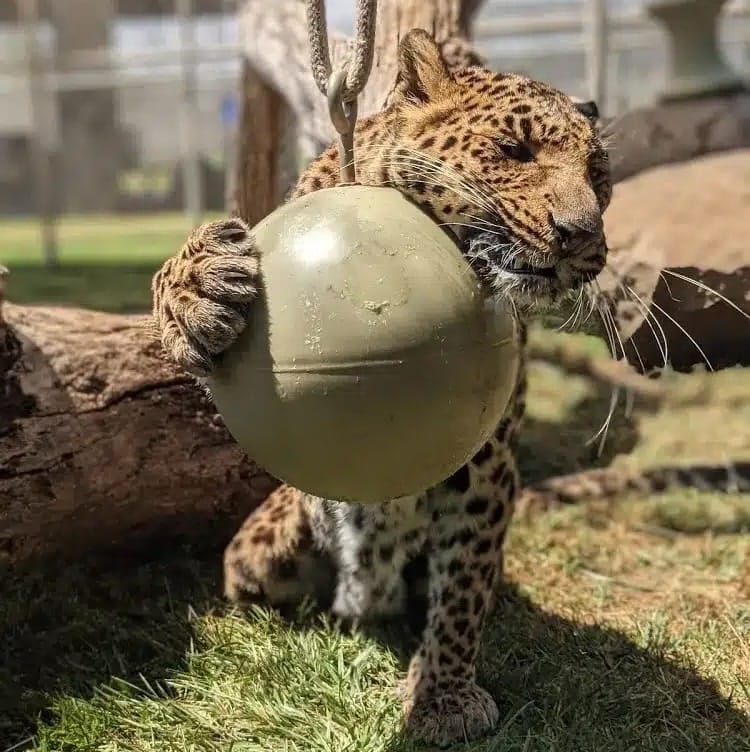
A Menu of Many Prey Species
Leopards are not picky eaters – they are opportunistic carnivores that will prey on almost any animal they can catch. The adaptable leopard diet is another secret to their success in varied habitats. A leopard’s menu ranges from tiny prey like rodents, birds, and reptiles up to large antelope or deer many times their weight.
In Africa, a favorite meal might be an impala or gazelle, but leopards will just as readily catch hares, guineafowl, monkeys, or even fish and frogs if available. They have been known to snatch dogs, goats, and calves on the edges of human villages as well, which unfortunately brings them into conflict with people.
In Asia, leopards hunt deer (like chital or sambar), wild boar, primates, and peafowl. They’ll take down whatever local prey species are most common. Remarkably, these cats can kill prey considerably larger than themselves. For instance, an adult male leopard can overpower an antelope or stag weighing 2–3 times more than the cat. More often, though, they target medium-sized animals where success is more certain. Their powerful jaws and neck allow them to drag carcasses that few other predators could handle, which means a single kill can provide multiple meals.
Leopards also cache food for later by covering carcasses with leaves or dragging them up into trees, as noted earlier. The caching behavior is a clever way to hide the kill from scavengers and return to feed over several days. Essentially, a leopard’s diet reflects whatever nature offers in its territory. They are the ultimate generalist hunters, able to adjust to the buffet of the wild.
Thriving in Diverse Habitats
Perhaps the greatest testament to the leopard’s success is the sheer range of habitats it can live in. Leopards are one of the most adaptable big cats in various environments across sub-Saharan Africa and much of Asia. They stalk prey in the grassy plains of the Serengeti and the woodlands of Kruger, but they are just as much at home in the thick rainforests of Indonesia or the rugged mountains of Central Asia. All a leopard needs is some cover and a supply of prey.
In the savanna, tall grasses and scattered bushes provide hiding spots as they sneak up on antelope. In the jungle, a leopard melts into the scattered shadows of the underbrush. They’ve been recorded in semi-deserts, on rocky alpine slopes, and even on the outskirts of cities where they slip into villages at night (as many startled farmers in India or Pakistan can attest). This flexibility in habitat is a key reason leopards historically had the widest distribution of any big cat.
Leopard Endangerment and Conservation & Rescue Efforts
That said, leopards have disappeared from many of their former ranges, especially in Asia, due to human pressures. Habitat destruction, poaching, and human conflicts have pushed many leopard populations to the brink, especially in Asia.
Imagine, in places like northern Pakistan, these once-thriving big cats are now critically endangered, holding on desperately in small, isolated mountain areas like Margalla Hills National Park and Ayubia National Park. Fewer than a hundred Amur leopards remain in the snowy forests of Russia and China, making them among the rarest big cats on the planet. The Arabian leopard faces a similarly fragile future, with fewer than 200 remaining in the rugged desert mountains.
While the global picture is concerning, there is hope, and humans are a key part of that hope. Dedicated conservationists worldwide are tirelessly establishing protected corridors, cracking down on poaching, and working closely with local communities to encourage coexistence between people and wildlife.
Rescue efforts focus on animals in immediate crisis, often victims of the illegal pet trade, abandoned roadside zoos, or human-wildlife conflict. These animals cannot survive in the wild and need lifelong specialized care.
Specialized Care at Accredited Sanctuaries like Lions Tigers & Bears
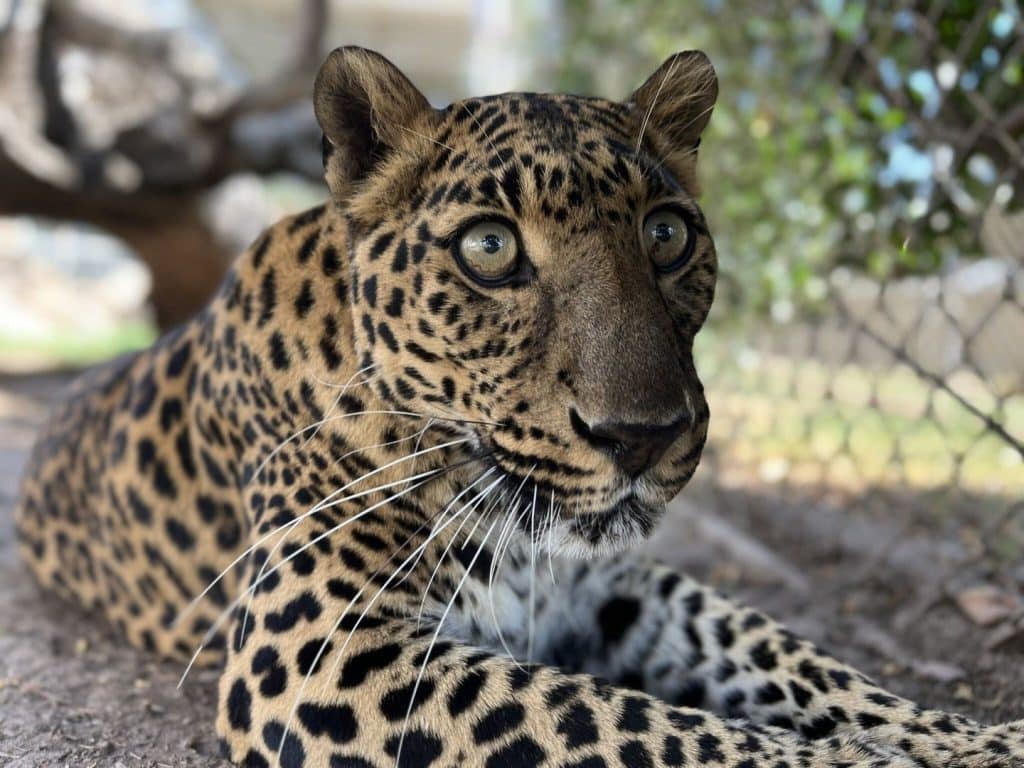
But conservation and rescue are not only happening in the wild. Accredited sanctuaries like Lions, Tigers & Bears in California also play a crucial role by giving rescued leopards a second chance. Take Conga, a leopard who found a haven at Lions Tigers & Bears. She's such a phenomenal climber that the sanctuary designed a custom enclosure with a special aerial walkway, affectionately called "Conga’s Run," to ensure she can explore and climb just as she would in the wild. These thoughtful touches allow Conga to retain her natural behaviors, like stalking, climbing, and resting in peaceful solitude, even within their sanctuary walls.
True, accredited sanctuaries do more than provide safe homes—they help people understand and appreciate the beauty and importance of wildlife. You too can help protect these majestic cats. If you're inspired by Conga’s story and the dedicated care that Lions Tigers & Bears provides, consider lending your support. Every action counts, and your help ensures leopards like Conga continue to thrive, inspiring us all to safeguard their future.

